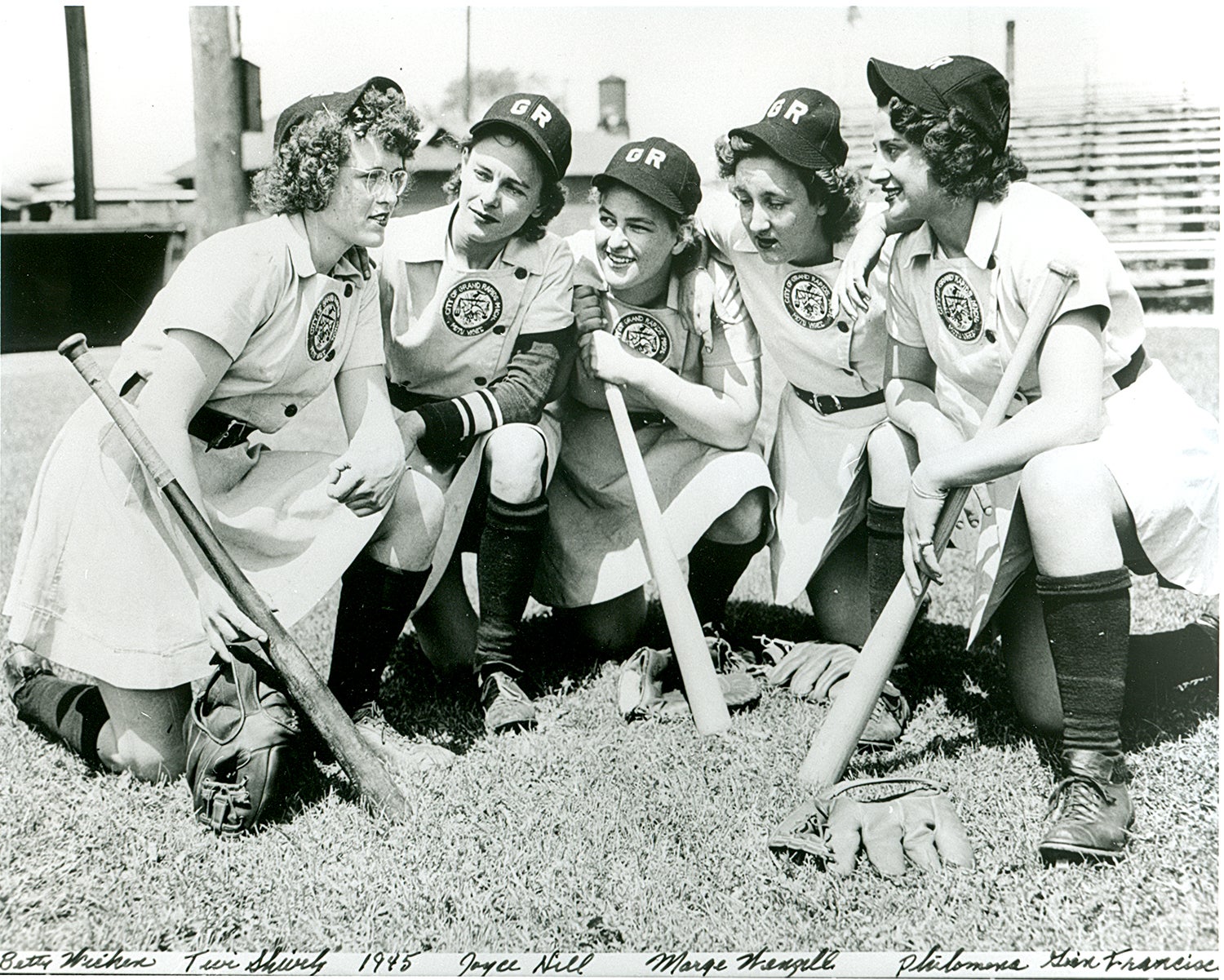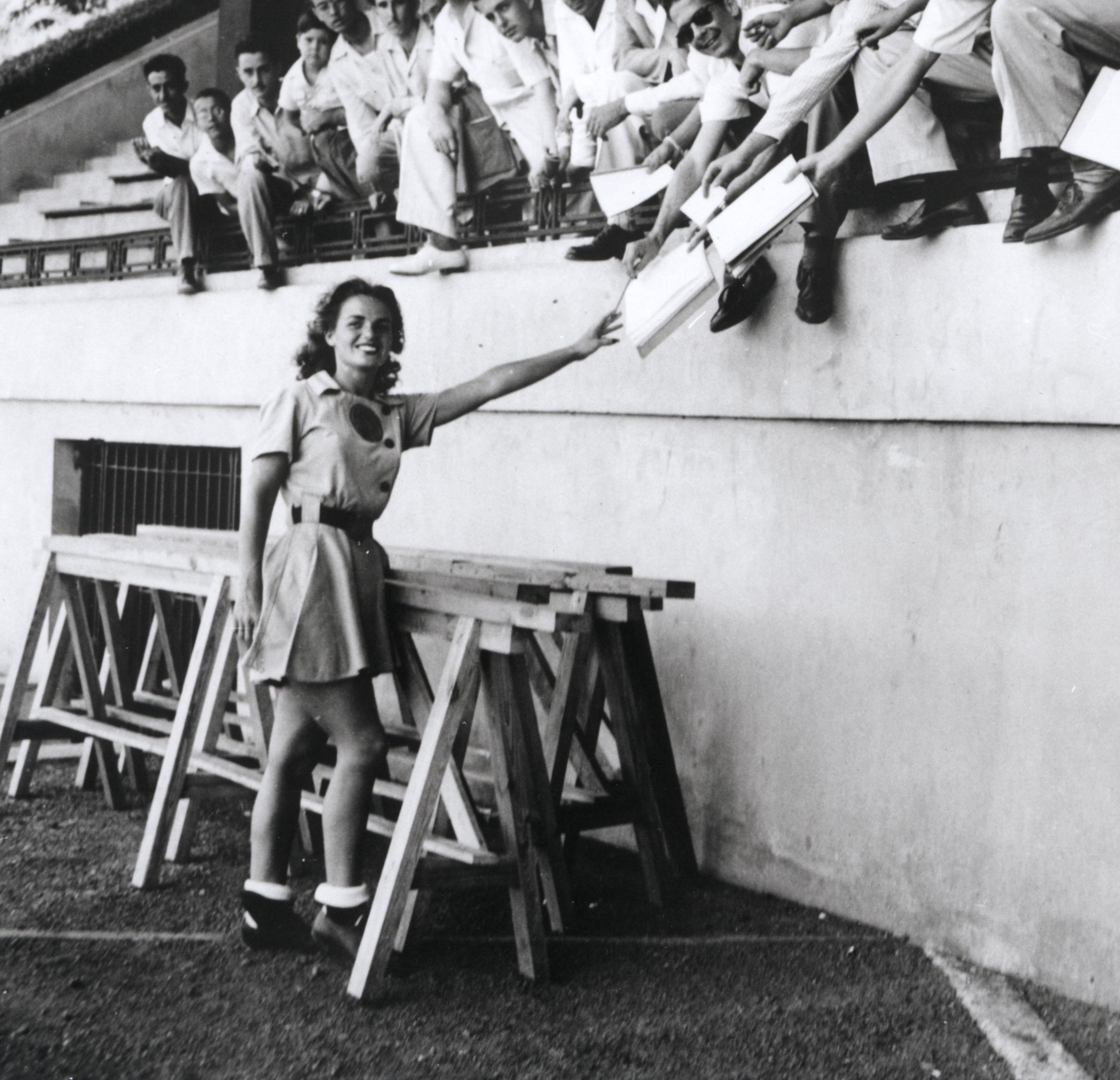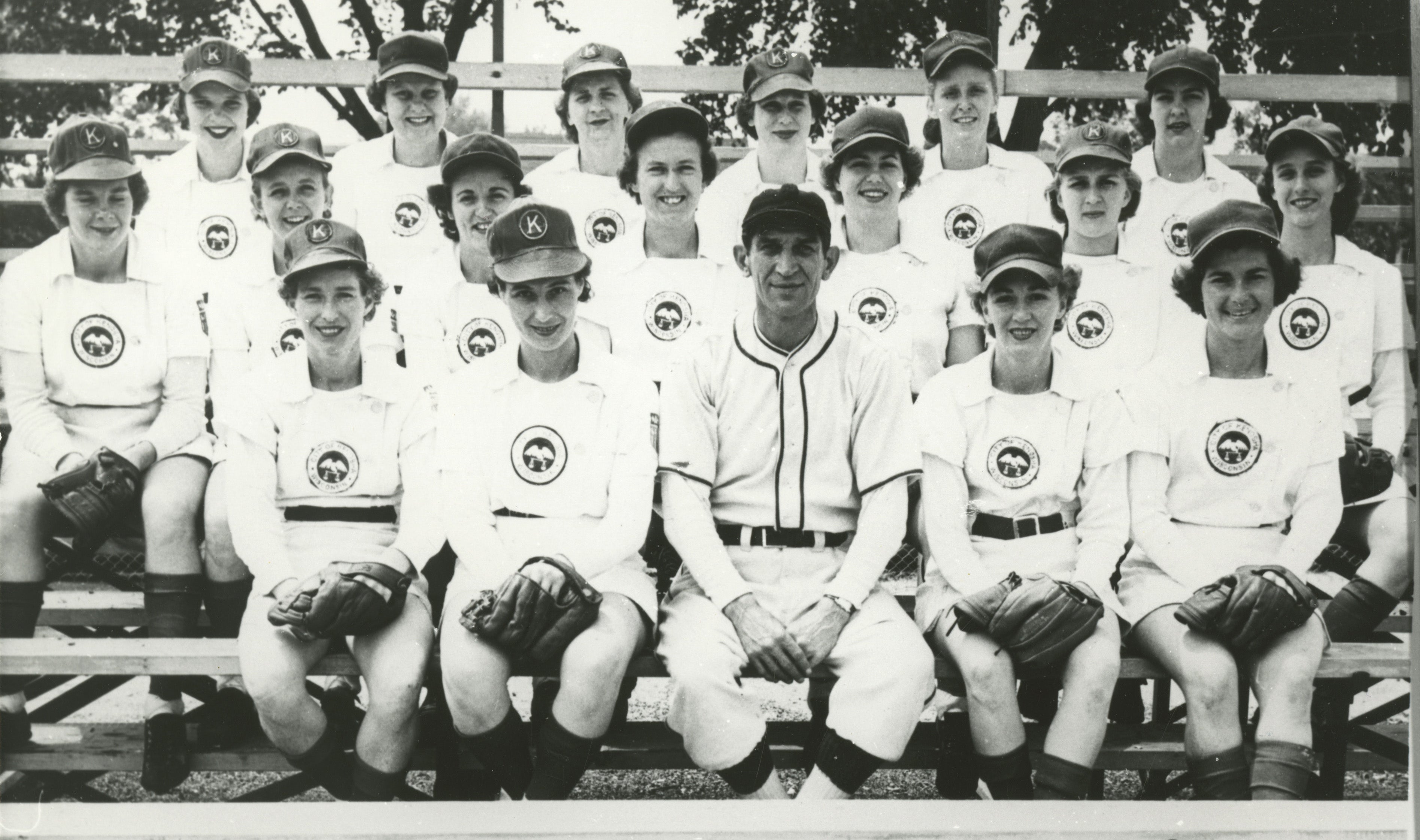Hall of Fame Documents Sonoma Stompers: First Women to Play in Men’s League since 1950s
In 2016, Whitmore, a left fielder and pitcher for the Sonoma Stompers, along with pitcher Stacy Piagno and catcher Anna Kimbrell, became the first women to play for a professional men’s team since Toni Stone, Mamie Johnson and Constance Morgan played in the Negro Leagues in the 1950s. Kimbrell and Whitmore also became the first all-female battery in pro baseball history. The Sonoma Stompers recently donated four artifacts to the Baseball Hall of Fame to represent this chapter in women’s baseball history: Two ticket stubs, Whitmore’s batting helmet and bat used during her hit, and a signed ball from when all three women were playing in the same game. They also donated a home uniform to the Hall of Fame’s Education Department, to be used in a Women’s History lesson for students.
“The element that we thought was particularly interesting was that they weren’t being hired in a one-off single game event,” explained Hall of Fame Curator of History and Research John Odell. “Sonoma, which is an independent minor league, hired these women for the second-half of their season. And they were playing regularly, with the team. And so the idea (of the Museum accessioning these artifacts) was being able to document this new part of the continuum of women playing baseball. Over history, they have been enough one-off times, when a woman played for one game, or sat on a bench for a game.”
But this wasn’t the first time the Sonoma Stompers had broken down barriers. In 2015, they signed Sean Conroy as the first openly gay baseball player to play in a professional league. The lineup card and scorecard from his first starts are now in Cooperstown, to accompany the artifacts the team sent over this year.
The recurring theme through the way the Stompers organization is to place less emphasis on gender and sexual orientation and more on on-field performance.
“This isn’t a one-day event. That’s been done a dozen times,” Sonoma Stompers General Manager Theo Fightmaster said to MLB.com. “Let’s give women a chance to be a part of a team, let’s give women a chance to play against men. What will they learn? What have they not been coached because they haven’t had the same coaching as boys? There’s not enough places or ways for women to play baseball in this country.”
But for the three ballplayers, early in their careers, the pressure they might feel pales in comparison to the rewards they could reap. “I never had a girl who played baseball at the level I wanted to be at,” Whitmore said. “The only girls that understood me were the girls on the USA Women’s National team, because they grew up doing the same thing. I want to be that person for younger girls that I never had.”
Alex Coffey was the communications specialist at the National Baseball Hall of Fame and Museum









